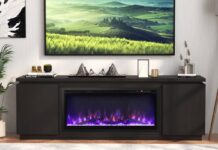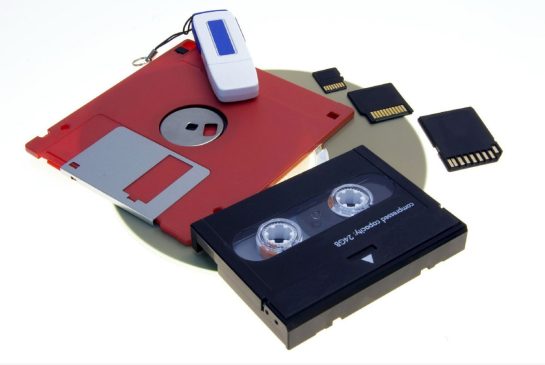 It is not at all uncommon to be reluctant to replace your gadgets. Reasons can range from budgetary concerns, comfort and familiarity with what you already know, or even sentimental value. We have a tendency to want to hold on to what we have for as long as we can. With gadgets this can most often extend to our peripherals. While people often understand the virtue or replacing a computer, for example, they will often do so while holding on to the same printer, scanner, monitor, keyboard and mouse for many years, through the lifecycle of several computers. Of course this isn’t always as easy as it sounds, and there can be some challenges in store for those wanting to continue using certain peripherals as they change to newer computers over the years. It can become difficult to see the advantages to upgrading to something new rather than holding on to what you already have as long as it’s working too. Let’s take a look at some common peripherals and some of the challenges involved with keeping the old, as well as some of the benefits of upgrading to something newer.
It is not at all uncommon to be reluctant to replace your gadgets. Reasons can range from budgetary concerns, comfort and familiarity with what you already know, or even sentimental value. We have a tendency to want to hold on to what we have for as long as we can. With gadgets this can most often extend to our peripherals. While people often understand the virtue or replacing a computer, for example, they will often do so while holding on to the same printer, scanner, monitor, keyboard and mouse for many years, through the lifecycle of several computers. Of course this isn’t always as easy as it sounds, and there can be some challenges in store for those wanting to continue using certain peripherals as they change to newer computers over the years. It can become difficult to see the advantages to upgrading to something new rather than holding on to what you already have as long as it’s working too. Let’s take a look at some common peripherals and some of the challenges involved with keeping the old, as well as some of the benefits of upgrading to something newer.
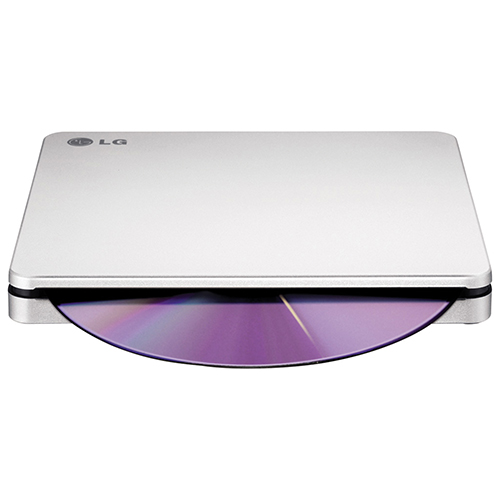 Disk Drives
Disk Drives
There aren’t many people around who still use floppy disk drives for data storage. That medium has been obsolete for quite a while now. There are, however still many people still used to using recordable CDs and DVDs. While these still have a role to play, they are quickly becoming a thing of the past for many people. The challenge is that these days optical drives are becoming decreasingly common in computers. Laptops in particular are more frequently opting to forgo their inclusion. For those who want to keep using their CDs and DVDs all hope is not lost. If you want to get that new ultra-mobile PC that doesn’t come with an optical disk drive, you can always pick up an external drive. These are great since you can keep using all the disks you already have on a newer machine. The nice thing is that you can leave the drive at home when you don’t need it, or plug it in to any machine you want an optical disk drive on. You can even get an external floppy disk drive should you want one to help you retrieve data off some old disks. If you’ve got a daunting number of disks on hand and fear the prospect of abandoning them all, then an external optical drive is definitely the way to go to help you keep all those disks relevant for a while longer.
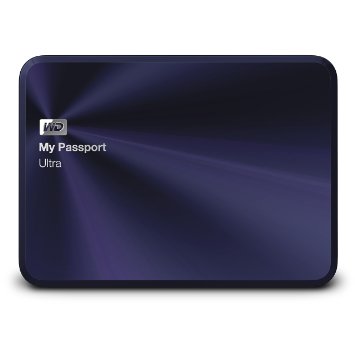 Hard Drives
Hard Drives
With hard drives a lot can change. Many people are still using drives they may have first gotten years ago, back when external hard drives were big, required an additional power supply, and had small storage capacity compared to what you can get today. If you want to be mobile, there can be a lot of advantage to upgrading. You can get newer portable external hard drives with capacity several times what was available just a few years ago. These new drives are often quite smaller in physical size so they are more portable, and don’t typically require an external power supply either. That being said, your old drive isn’t useless and you can do a lot to keep it in use. What I’ve done with my old drives is connect it to my home network to use as network attached storage. There are, for example, many wireless routers that come with USB ports onboard for just this purpose. Plug in an external hard drive, do a little configuration, and voila – a networked shared storage drive. This is a fantastic way to retire your old drive while still letting it make use of whatever life it has left.
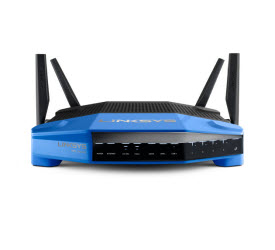 Routers
Routers
If you decide it’s time to upgrade your wireless router then that doesn’t mean your old router is necessarily destined for recycling. If it is still functional then you should consider turning it in to Wi-Fi repeater. What this means is installing your new router in the place of your old router, then moving your old router to the periphery of your wireless network. You’ll have to do some adjustments on the configuration of your old router and it may not be possible with all routers, but if you can pull it off it means your old router will be able to extend your WiFi network’s range and give you a little signal boost in those far-reaching corners. Perfect for those with a large property.
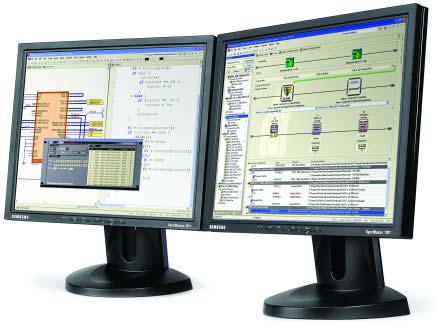 Monitors
Monitors
If you’re upgrading your monitor that doesn’t always mean your old monitor is irrelevant. There is a lot you can still do with it. Often it can be as easy as plugging both your old and new monitors in to the same PC, and with a few mouse clicks you’ll be able to enjoy an extended desktop across both screens, allowing you for a little productivity boost. Right now I am using a PC with three screens – my latest monitor in the middle upon which I do most of my work, an old monitor off to the side, where I mostly just keep my email and music player, and an old HDTV which I use when I want to watch a movie while I work. Being able to control all of this from one PC is very freeing. The screen I keep in the middle is a relatively new monitor, only a couple of years old and gets the best picture. Comparatively the other two screens don’t produce a great picture and I wouldn’t want to work on primarily but as secondary screens on the periphery they certainly do the job.
While people commonly think that getting new gear means retiring your old gear that is far from the truth. With a little effort you can find a second life for that old gear even if it’s on the verge of obsolescence. As long as it still works, there can still be a use for it. If upgrading your computer means you can’t use the same peripherals the way you used to, that just means you get to figure out what alternative use these peripherals can be. If you are resistant to upgrading your gear because you don’t want to get rid of you old gear, you should be. Your old gear can continue a long and useful life, supporting your personal tech ecosystem in interesting ways.



